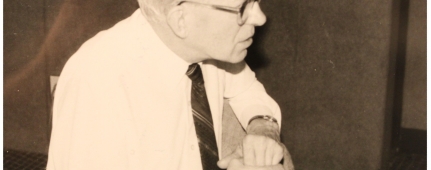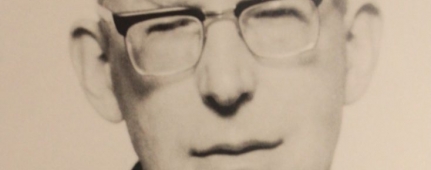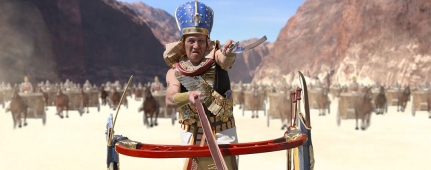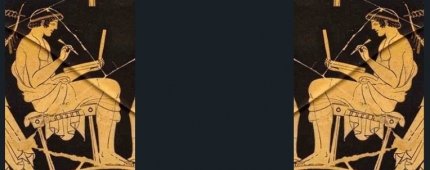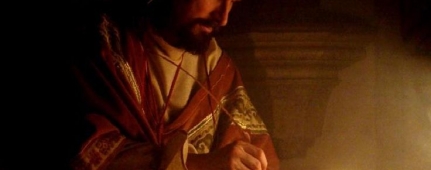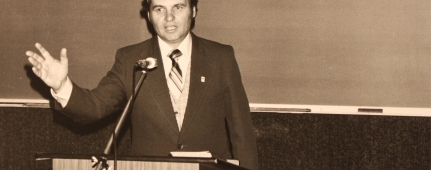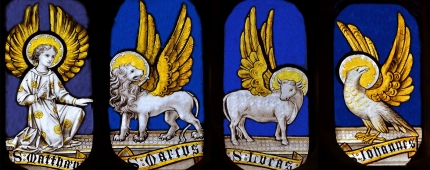Ruth 4:3–8—Isn’t the arrangement between Boaz and Ruth contrary to the law of the Levirate marriage?
Problem: Deuteronomy 25:5–10 delineates what is known as the law of the levirate marriage. If a man dies and leaves his wife childless, the man’s brother was morally obligated to take his brother’s wife and raise up children in the name of his deceased brother. This practice insured that the brother’s name would not die out. However, Boaz was not the brother of Ruth’s dead husband. Wasn’t this marriage arrangement contrary to the law of the levirate marriage?
Solution: Although it was a more complicated incident, the arrangement between Boaz, Naomi, and Ruth was certainly not contrary to the law of the levirate marriage. The primary concern of the levirate marriage was to perpetuate the family line of the deceased. Certain factors indicate that by the time of Boaz and Ruth, some additional provisions had become customary. First, if there was no surviving brother in the immediate family, then the obligation of the levirate marriage became the responsibility of the nearest surviving male relative. In this case, there was one individual who was nearer to Naomi’s family than Boaz. However, when he declined the invitation, Boaz became the nearest male relative and the next in line to legally fulfill this moral obligation.
Second, along with the responsibility to raise up children in the name of the deceased, there came the responsibility to redeem any property that belonged to the deceased and that had been sold or forfeited (Lev. 25:25). Because the nearest kinsman was not financially able to assume this responsibility (Ruth 4:6), he relinquished his right and responsibility to redeem Naomi and marry Ruth and passed that obligation on to Boaz. There is nothing in the account of the redemption of Naomi and the marriage of Boaz and Ruth that is contrary to the law of levirate marriage.
See All Problems
This excerpt is from When Critics Ask: A Popular Handbook on Bible Difficulties (Wheaton, Ill.: Victor Books, 1992). © 2014 Norman Geisler and Thomas Howe. All rights reserved. Used by permission. Click here to purchase this book.


